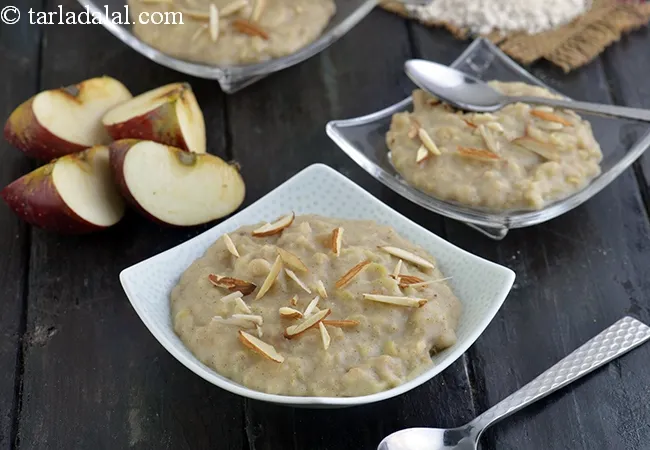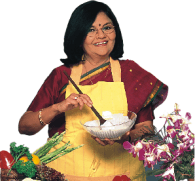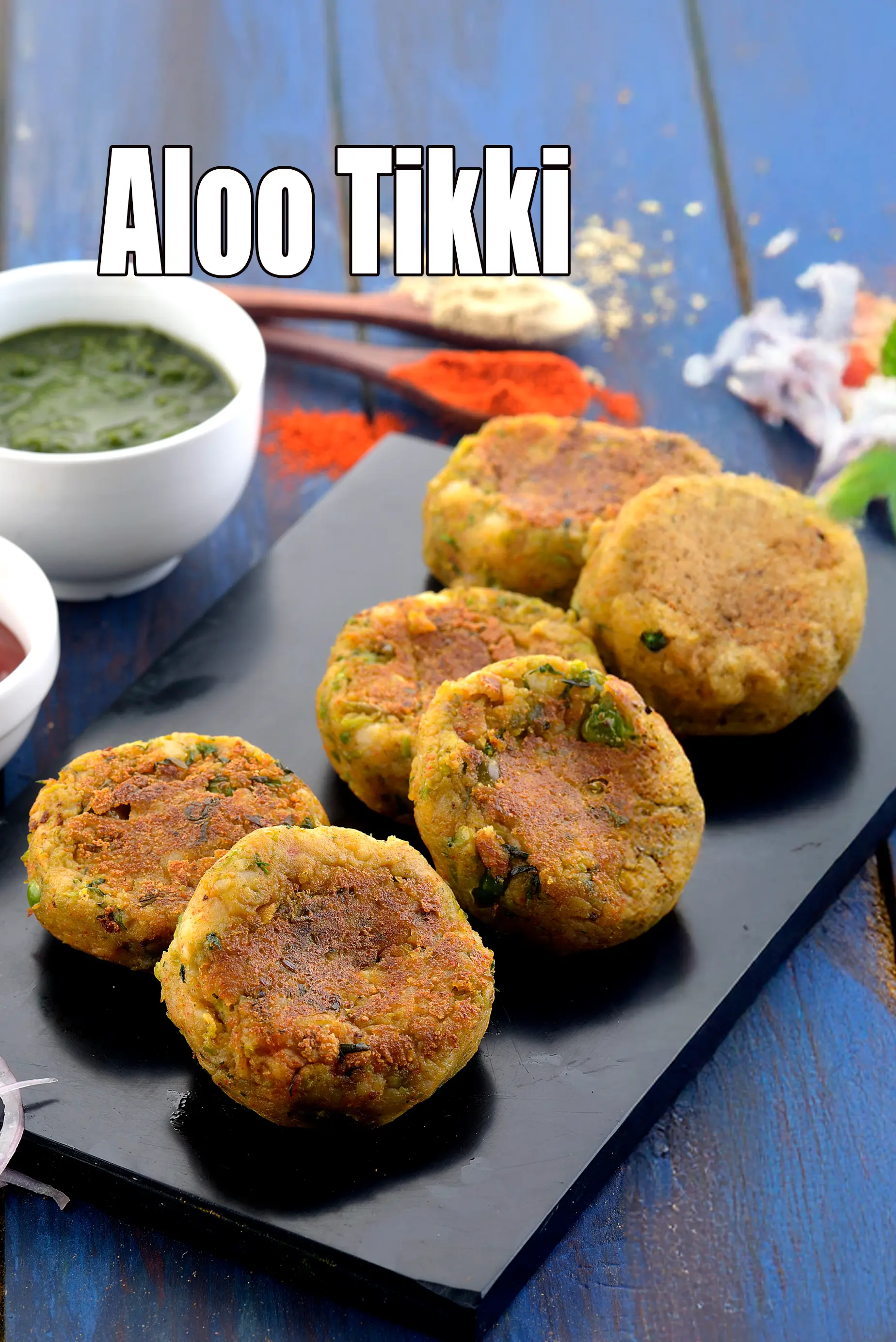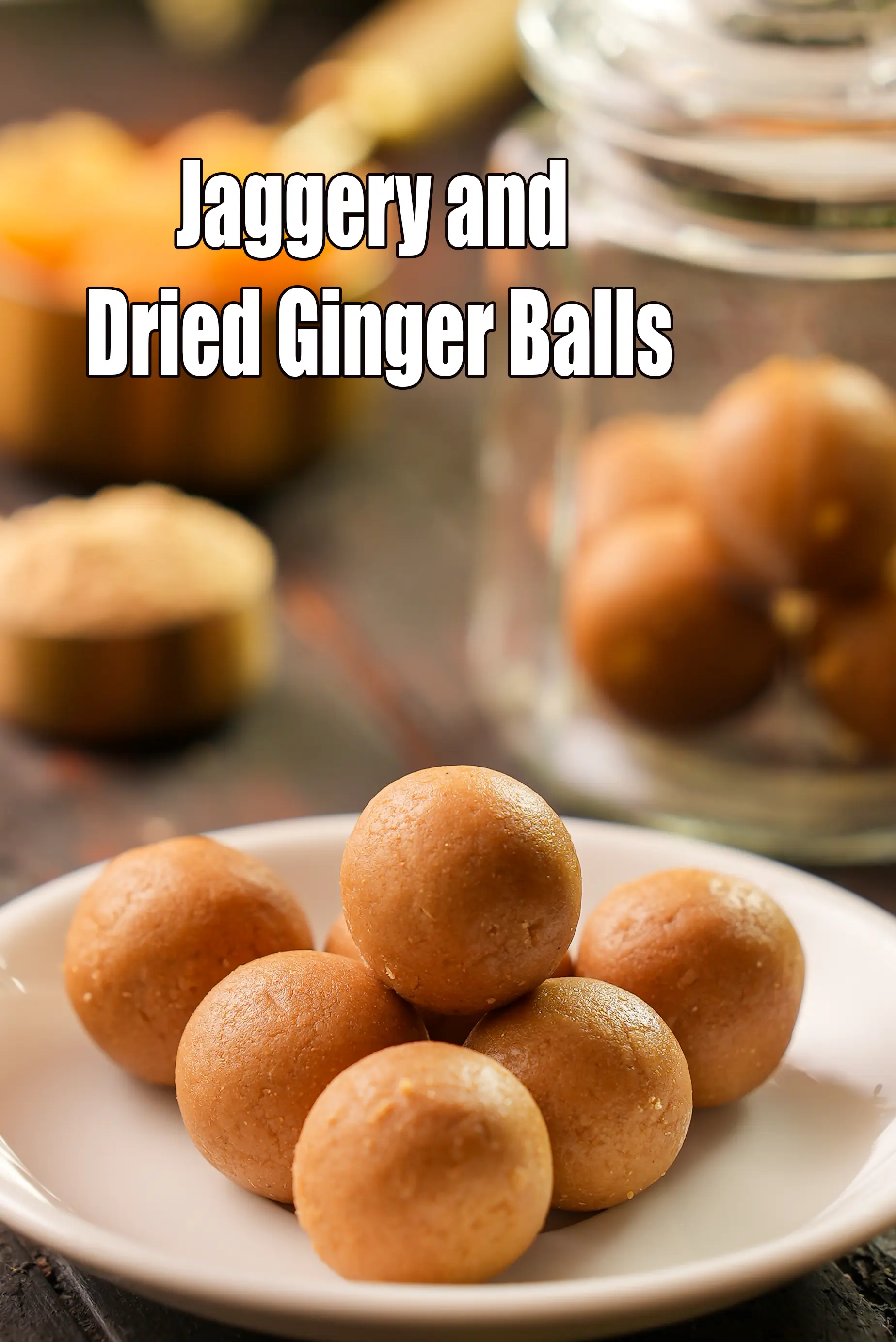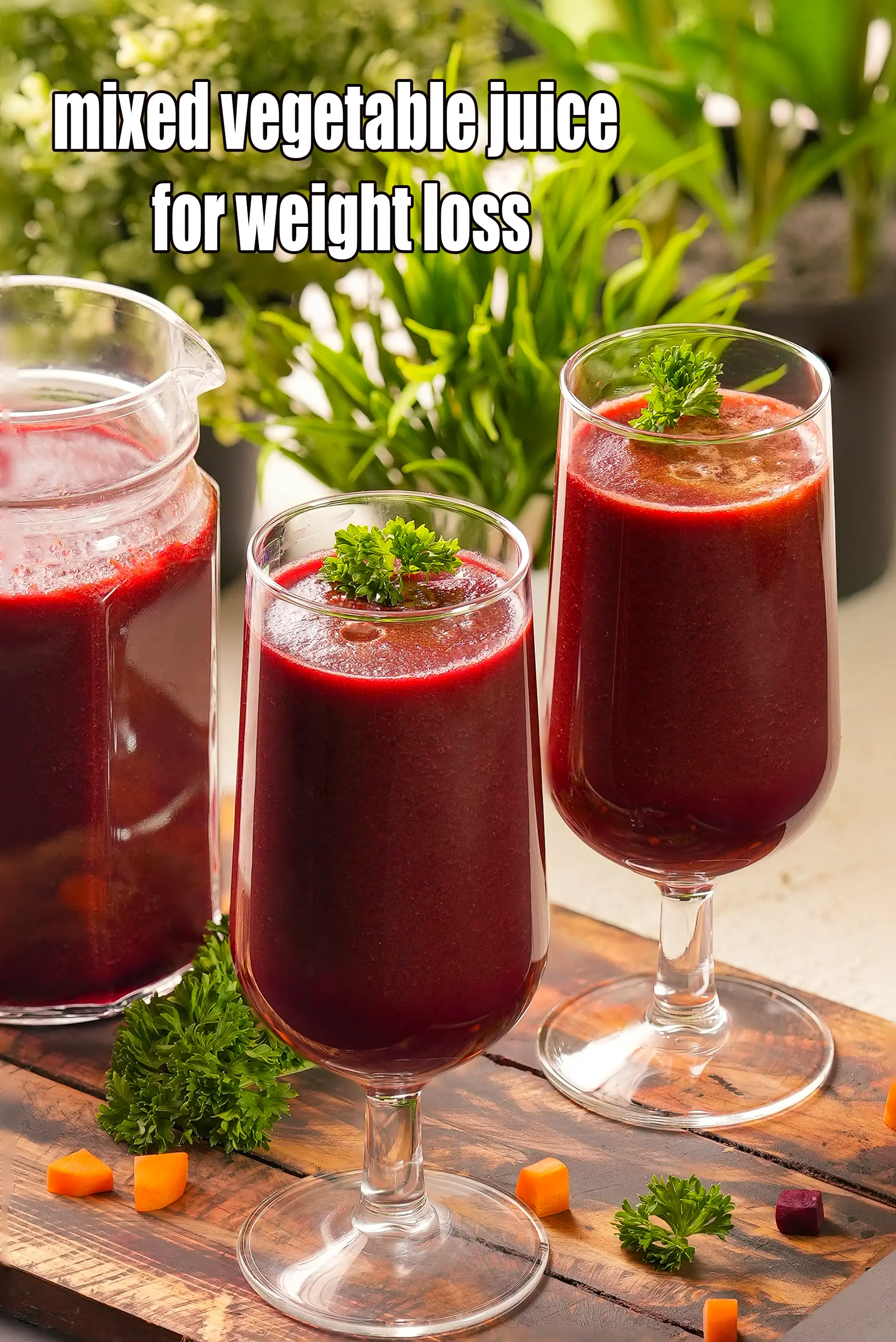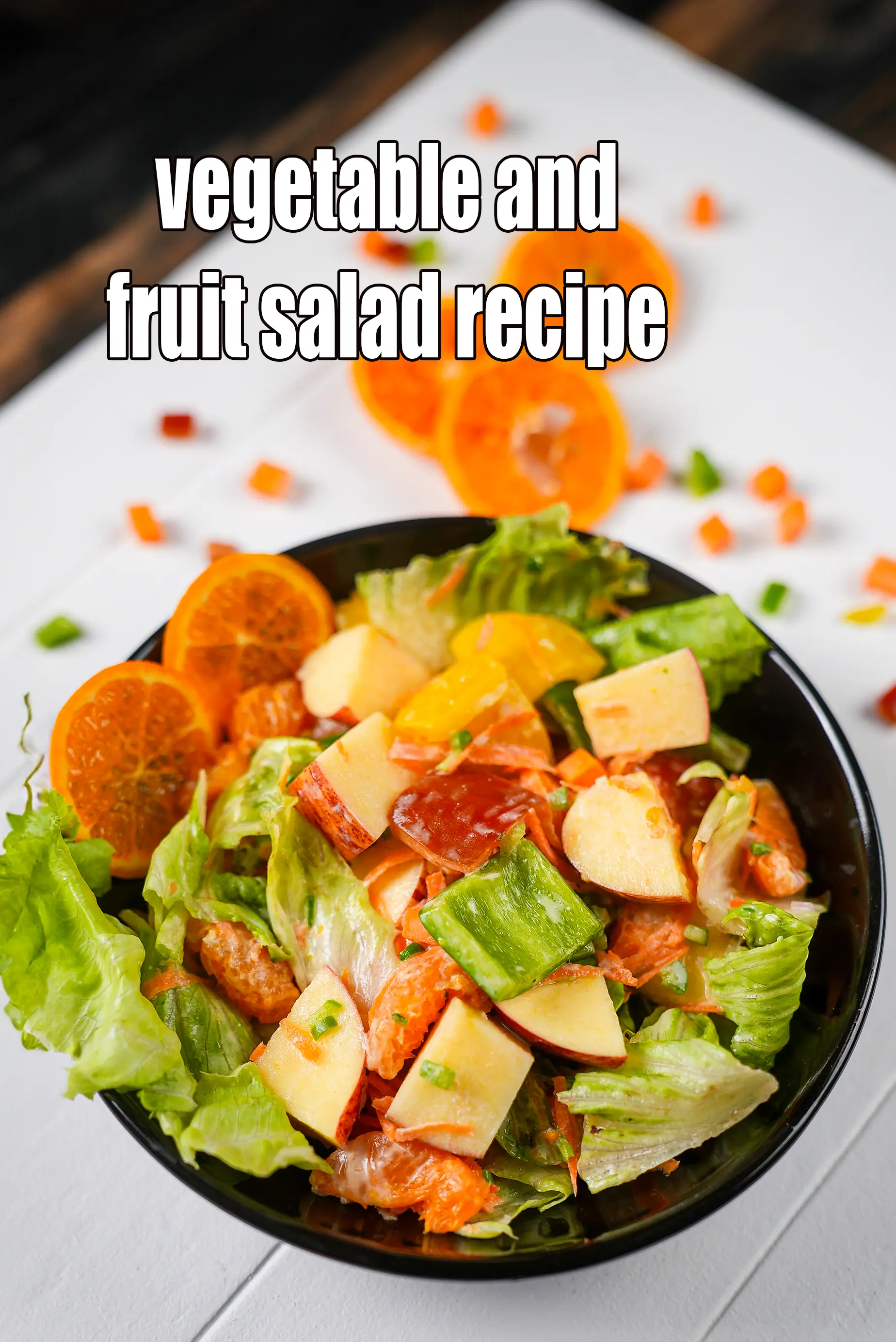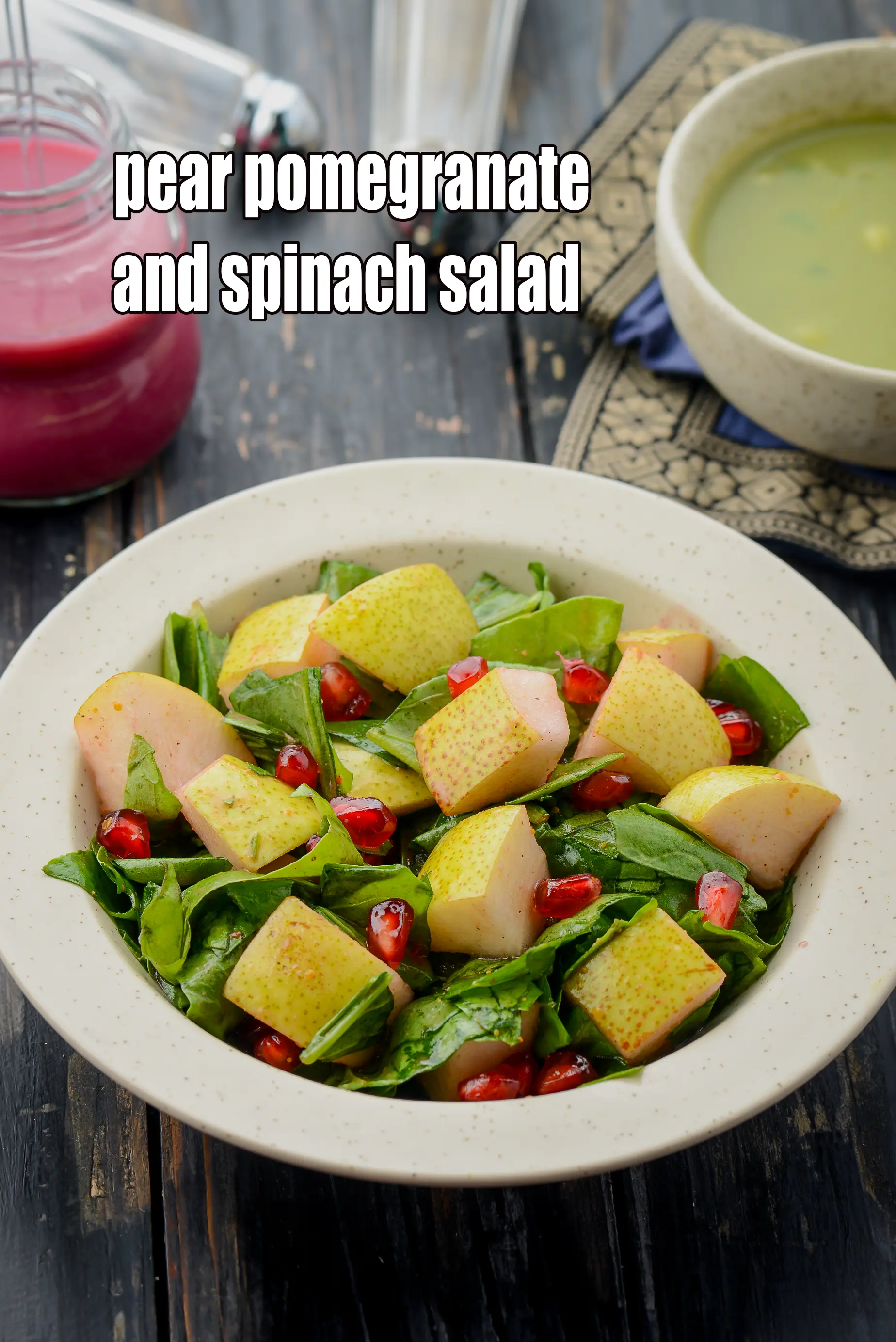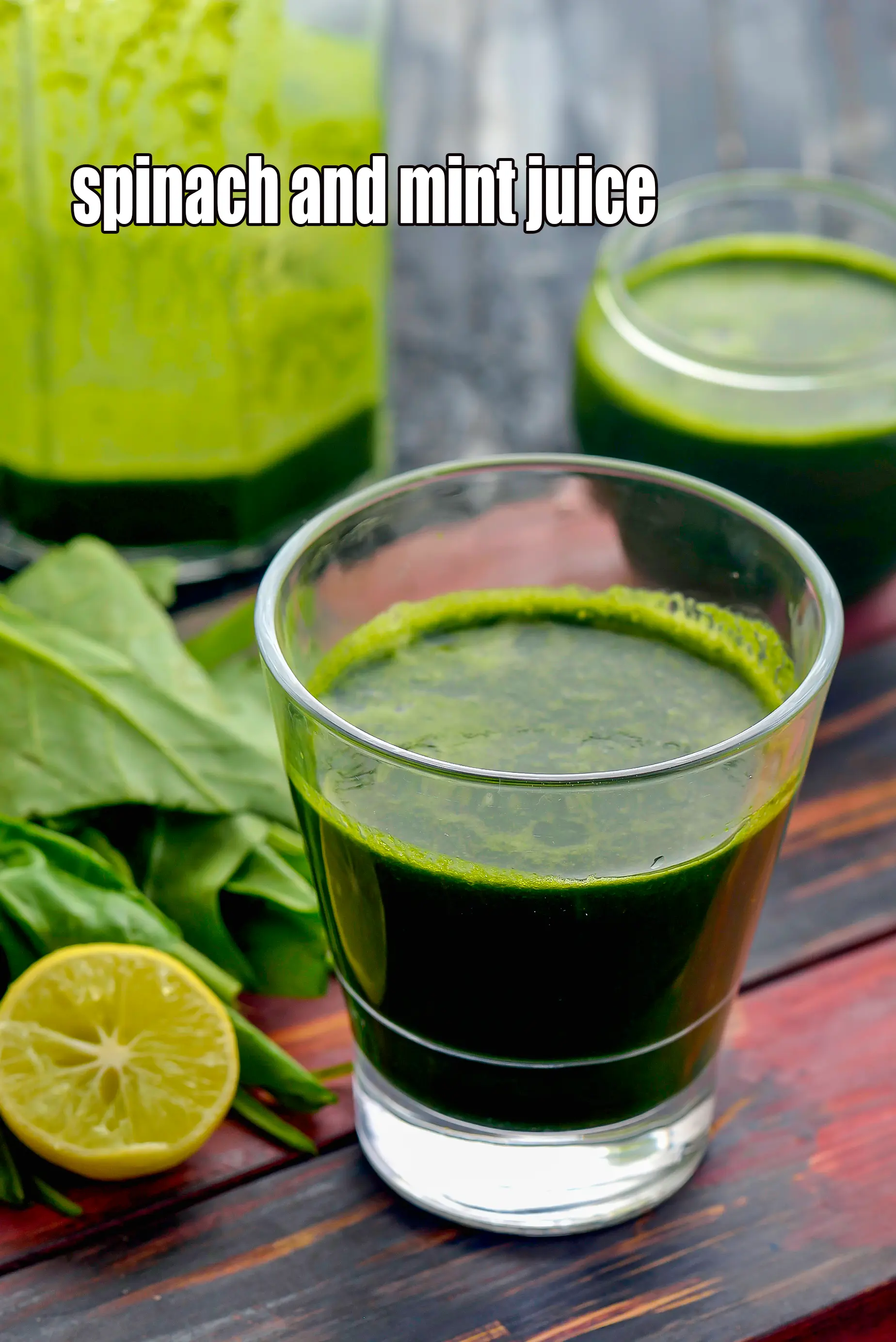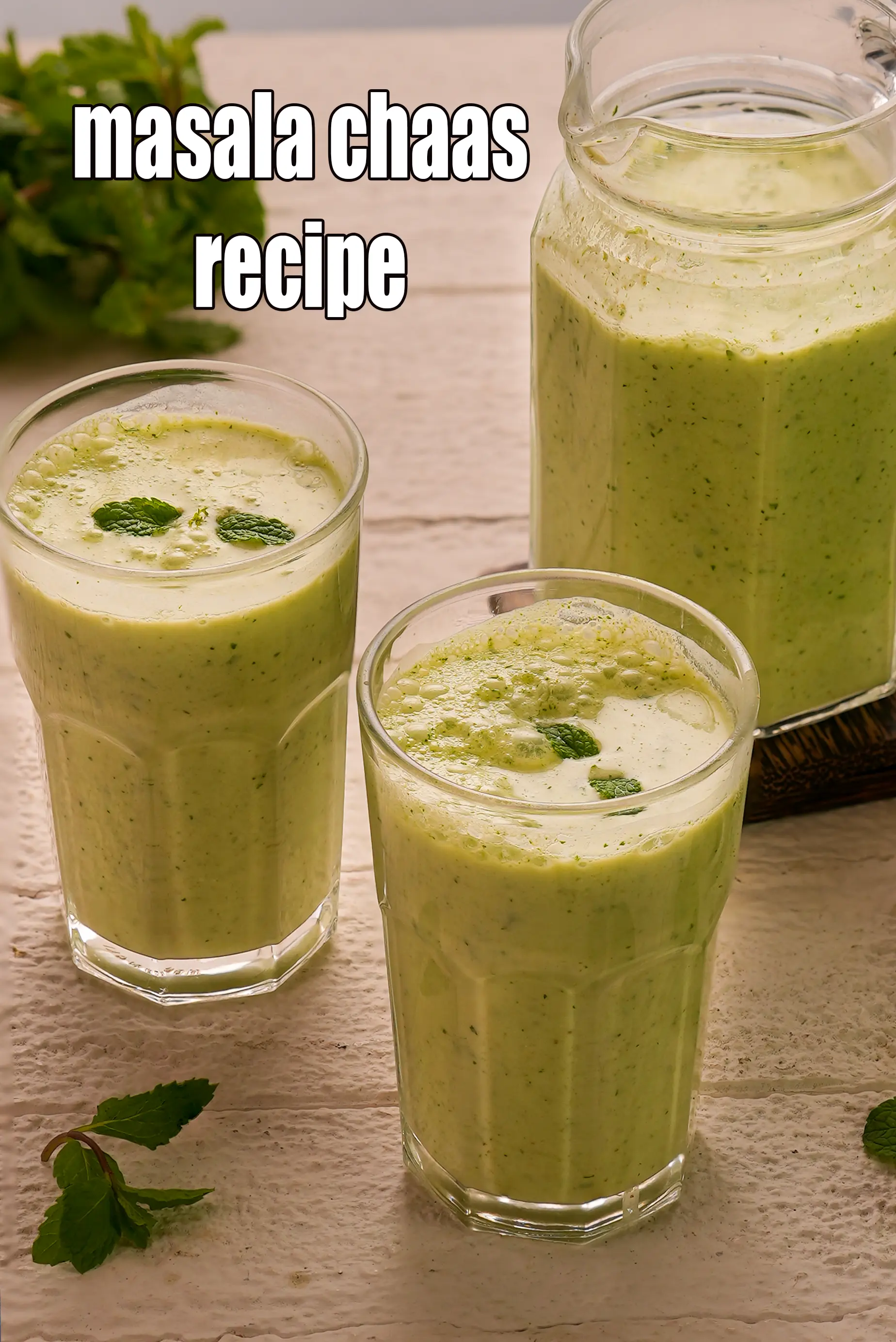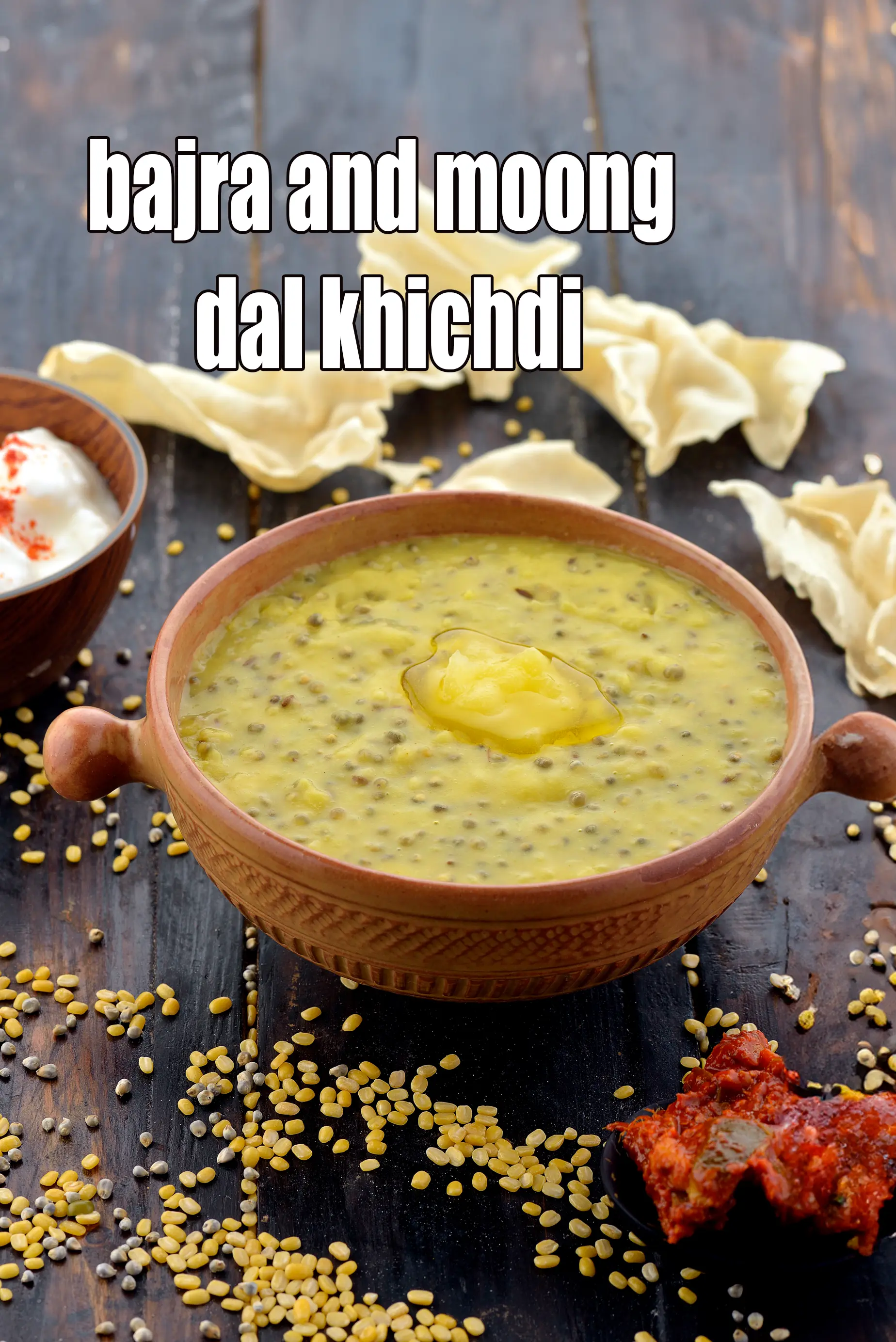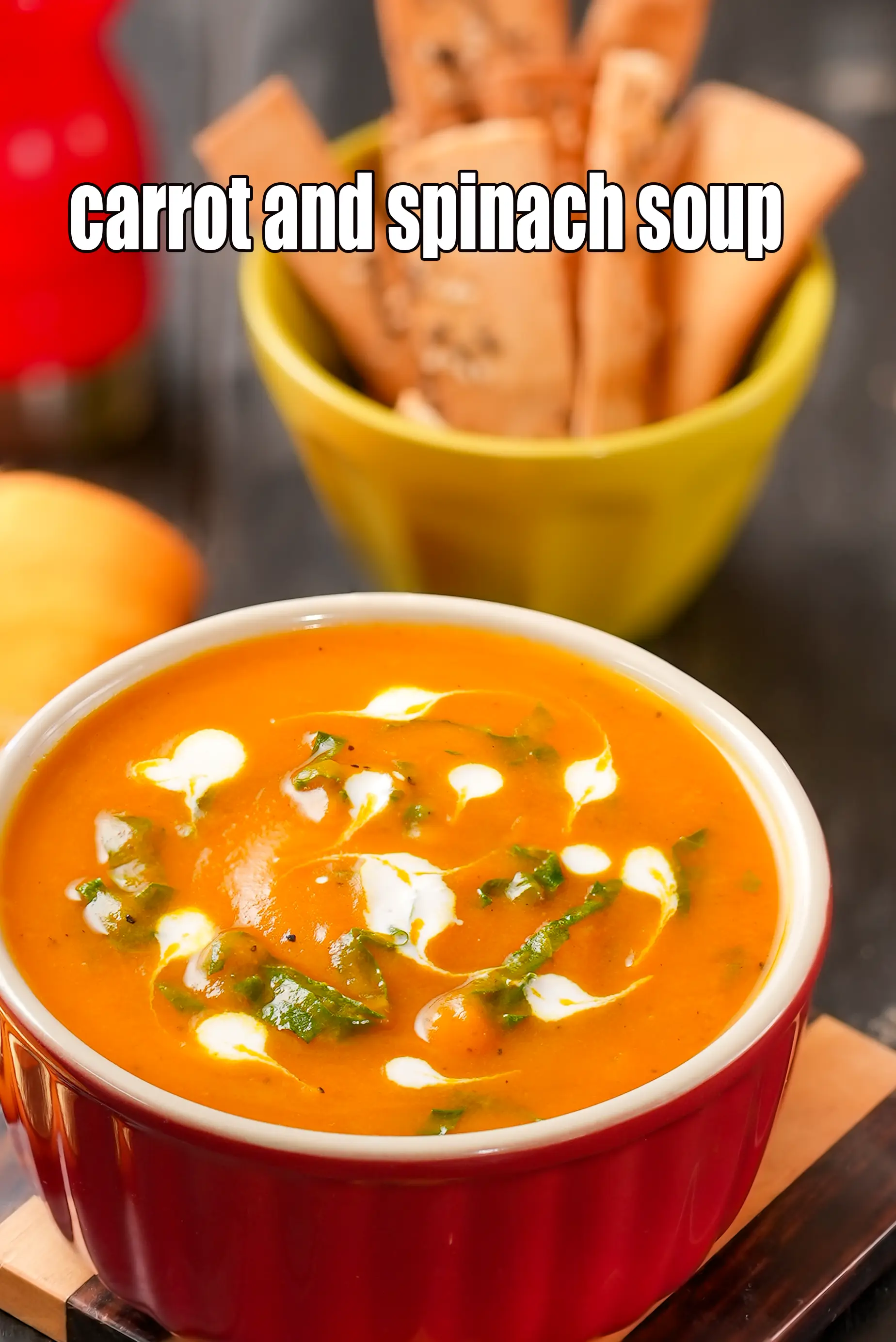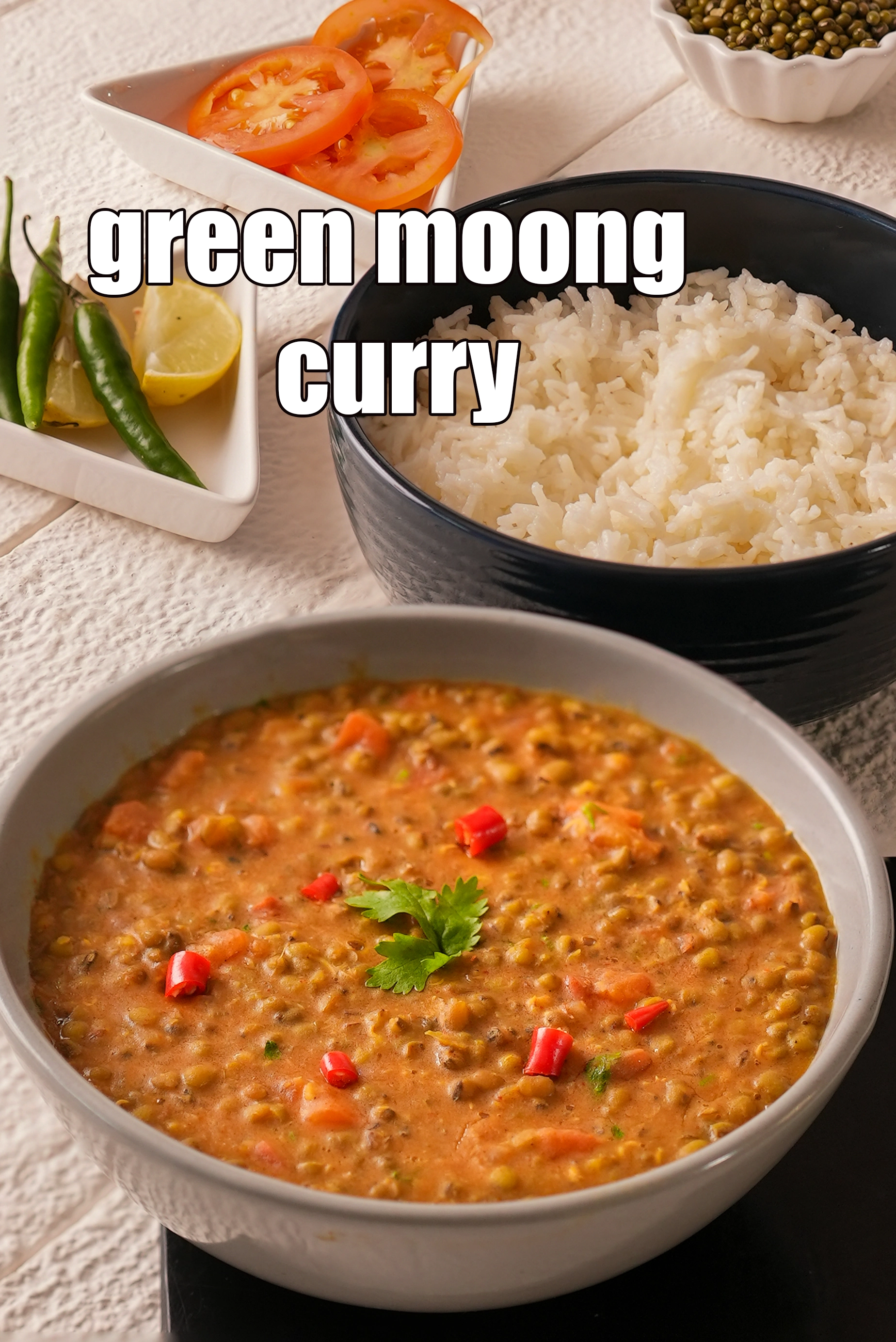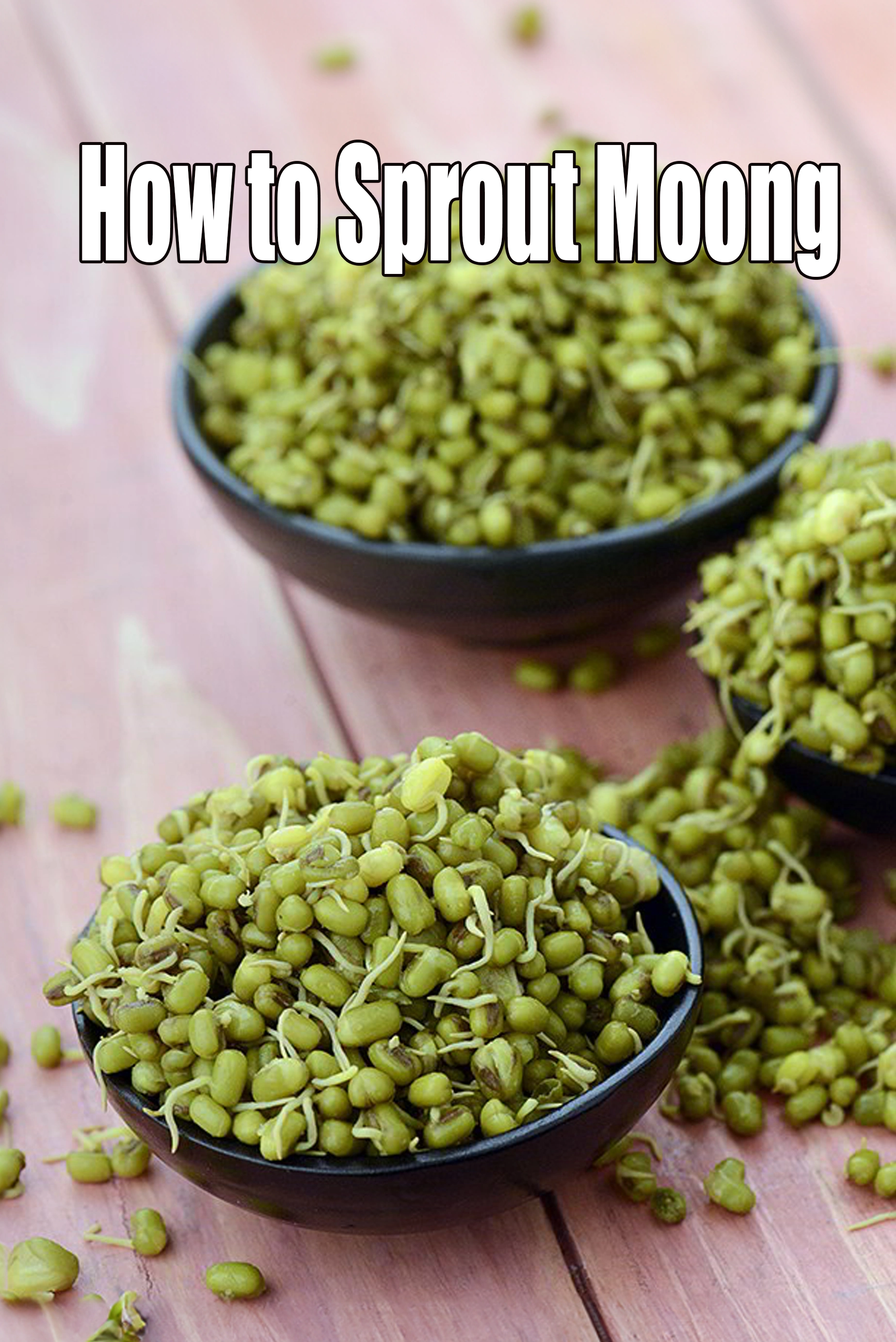Nutritional Facts of Meethe Chawal ( Punjabi Khana), Calories in Meethe Chawal ( Punjabi Khana)
This calorie page has been viewed 16255 times
Cuisine
Occasion & Party
Table of Content
How many calories does one serving of Meethe Chawal have?
One serving (133 grams) of Meethe Chawal gives 450 calories. Out of which carbohydrates comprise 50 calories, proteins account for 14 calories and remaining calories come from fat which is 2 calories. One serving of Meethe Chawal provides about 3 percent of the total daily calorie requirement of a standard adult diet of 2,000 calories.
Total weight of Meethe Chawal is 800 grams. Serves 6.
450 calories for 1 serving of Meethe Chawal ( Punjabi Khana), Cholesterol 0 mg, Carbohydrates 82g, Protein 4.1g, Fat 11.7g. Find how much fibre, iron, calcium, zinc, magnesium, phosphorus, sodium, potassium, folic acid is present in Meethe Chawal ( Punjabi Khana).
See meethe chawal recipe | Punjabi meethe chawal | sweet rice | with 26 amazing images.
Punjabi meethe chawal has a creamier and rich taste of rice cooked along with sugar and ghee to make it soft and moist. Learn how to make meethe chawal recipe | Punjabi meethe chawal | sweet rice |
Meethe chawal is a traditional Punjabi dessert prepared and enjoyed during festivals like Baisaki, Basant Panchami, Diwali, etc and also served on auspicious occasions like marriage.
Basmati rice and sugar syrup are the basic ingredients for meethe chawal, along with carefully chosen assortments of Indian spices like green cardamom, cloves, cinnamon and kesar that makes it flavorful and aromatic. The dry fruits make this sweet rice it even tastier and gives it mouthwatering visual appeal.
Tips to make meethe chawal: 1. You can also add chironji nuts to make meethe chawal. 2. We suggest you to use basmati rice to make this recipe. 3. You can also add kewra water to enhance the taste. 4. Instead of fresh coconut you can also use dry coconut slices.
Is Meethe Chawal healthy?
No.
Lets understand the ingredients of Meethe Chawal.
What's good ?
Coconut : The fresh coconut has saturated fats but most of it is MCT (Medium Chain Triglycerides) which promote weight loss. The high fibre content 13.6 gm (45.3% of RDA) along with high lauric acid content of coconut improves cholesterol levels in the body. Improving the action of insulin secretion and lowering the raised blood sugar levels is yet another benefit of coconut for Diabetics. See here for 10 amazing benefits of coconut.
Ghee : Other than calories and fats, the only nutrients that ghee is rich in are the vitamins – all of which are fat-soluble. All the 3 vitamins (Vitamin A, Vitamin E and Vitamin K) are antioxidants which have a role in removing free radicals from the body and protecting our cell as well as help in maintaining skin health and glow. Ghee is an excellent, high-quality selection medium of cooking because of its high smoke point. As compared to most oils and butter, ghee can handle a smoke point of 230°C, 450°F, thus its less prone to oxidant and destruction of nutrients. Yes, ghee does contain cholesterol, but some amount of cholesterol is needed by the body. Cholesterol has some functions to play too. It is necessary for hormone production, brain function, cell health and lubricating the joints. It is, in reality, a high quality fat for the body and brain. Ghee is loaded with fats but that’s medium chain fatty acids (MCT) which aid in weight loss. Ghee is healthy for daibetics in small amounts. Learn to easily make your ghee at home which is free of preservatives. See benefits of ghee.
What's the problem?
Rice : Here are the pros for rice. Rice is a great source of complex carbohydrates, which is an important source of energy for our body. Moreover it is gluten free. Rice is low in fibre and therefore a good option for people suffering from diarrhoea. But rice is a good source of protein and B vitamins.
What's not good in rice. Foods like rice are high in Glycemic index are not suitable for weight loss, heart patients, diabetics as they affect the blood sugar control levels. However if rice is combined with high protein or high fibre foods, the glycemic load can be balanced. Thus its combo is a better choice as we have done in the recipe of panch dhan khichdi and toovar dal khichdi. See details of is white rice and parboiled rice good for you?
Sugar (castor sugar ): Sugar used in the recipe is also called white poison. It is a simple carbohydrate with zero nutritional value. On intake, sugar will cause inflammation of the body which will last for many hours. It will spike your blood sugar level and shut down the fat burning process. This also causes high blood sugar levels in your body. The development of prediabetes comes from uncontrolled eating sugar and refined food products for many years and the classic symptom is if you have excess belly fat. This leads to diabetes and further onwards to heart attack, high blood pressure, strokes, impotence and kidney damage.
Can diabetics, heart patients and over weight individuals have Meethe Chawal?
No. For 3 reasons.
- Sugar used in the recipe is also called white poison. It is a simple carbohydrate with zero nutritional value. On intake, sugar will cause inflammation of the body which will last for many hours.
- Foods like rice are high in Glycemic index are not suitable for weight loss, heart patients, diabetics as they affect the blood sugar control levels.
- Ghee is healthy for daibetics in small amounts. There is lots of ghee used in the recipe.
What is a healthy dessert to have ?
Try a jowar based Indian dessert which is a complex carb and will be absorbed slowly in the blood stream. The jowar apple sheera recipe is made with the addition of cows milk and apples and sweetened with honey.
jowar apple sheera recipe | no sugar gluten free sheera | healthy Indian sweet |
| Energy | 450 cal |
| Protein | 4.1 g |
| Carbohydrates | 82 g |
| Fiber | 2.1 g |
| Fat | 11.7 g |
| Cholesterol | 0 mg |
| Vitamin A | 79.6 mcg |
| Vitamin B1 | 0 mg |
| Vitamin B2 | 0 mg |
| Vitamin B3 | 1 mg |
| Vitamin C | 0 mg |
| Folic Acid | 6.5 mcg |
| Calcium | 12.9 mg |
| Iron | 0.7 mg |
| Magnesium | 58.4 mg |
| Phosphorus | 94.9 mg |
| Sodium | 2.6 mg |
| Potassium | 98.9 mg |
| Zinc | 0.8 mg |

Click here to view Meethe Chawal ( Punjabi Khana)
Calories in other related recipes
